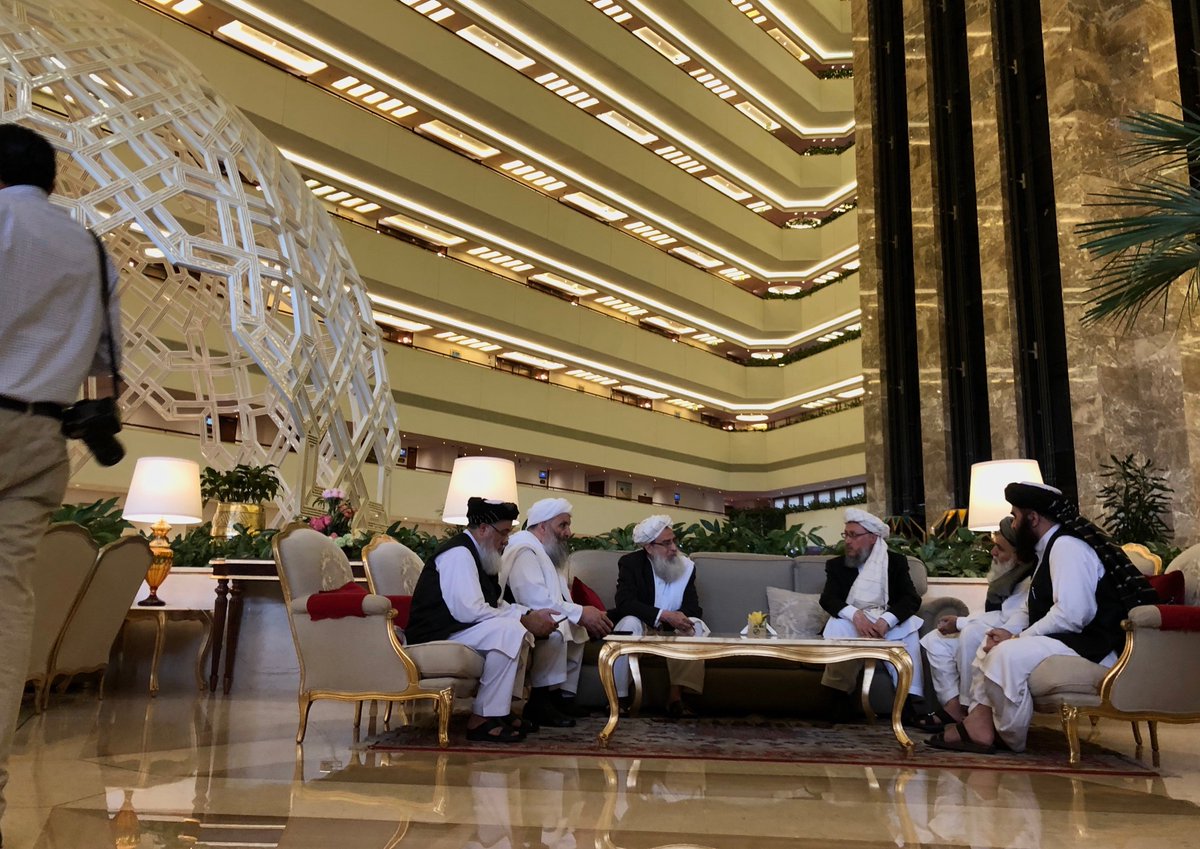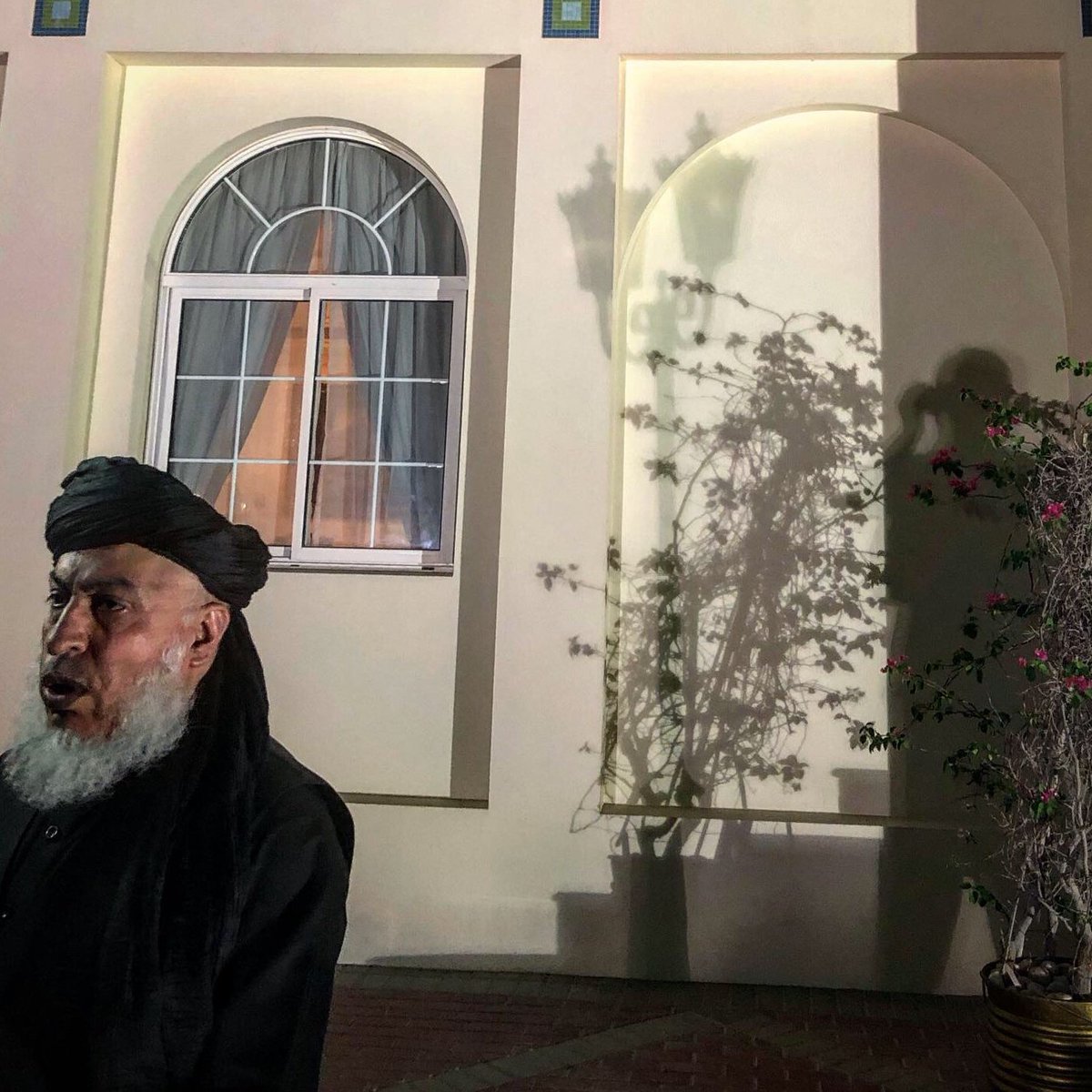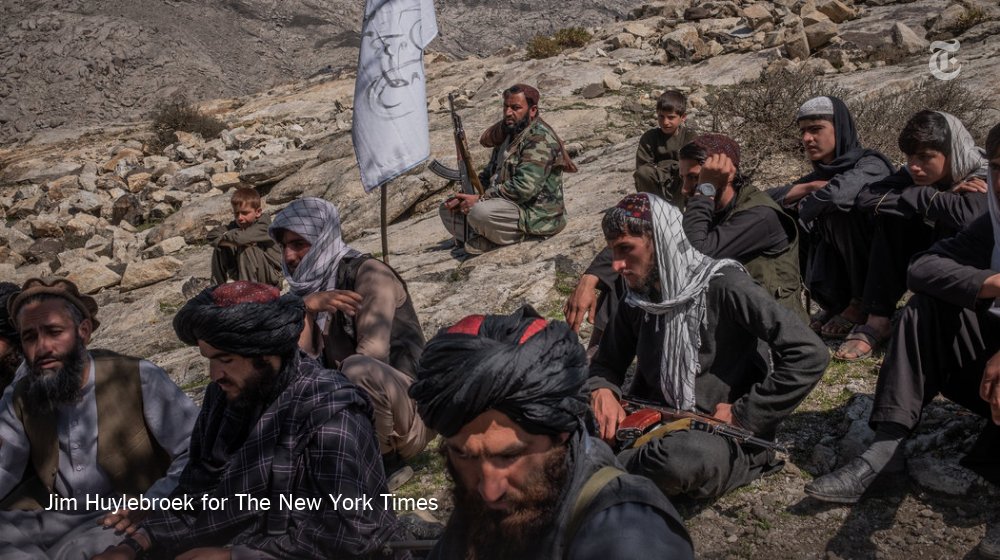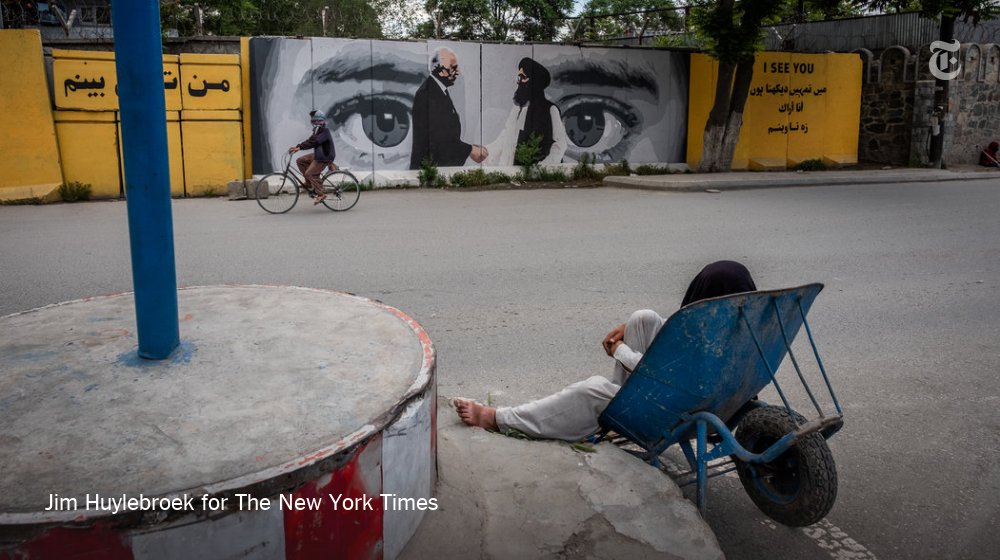1. We have a broad look in @nytimes at two decades of the Taliban — the ways they managed to sustain a campaign of ruthless violence to outlast a military superpower through heavy casualties.
Some thoughts on our reporting in this thread: https://www.nytimes.com/2020/05/26/world/asia/taliban-afghanistan-war.html">https://www.nytimes.com/2020/05/2...
Some thoughts on our reporting in this thread: https://www.nytimes.com/2020/05/26/world/asia/taliban-afghanistan-war.html">https://www.nytimes.com/2020/05/2...
2. For years, we followed the Taliban largely from a distance. We kept contacts, but didn’t risk an embed in recent years mostly because of airstrikes — more than 7,400 U.S. bombs dropped last year, plus those of the Afghan army. Risk of wrong place, wrong time.
3. When the Taliban began talking to the U.S. in 2018 in Doha about the recent peace process, we followed the talks closely — and we got a look into the insurgency leaders& #39; big-picture political thinking.
4. Some of the interactions in Doha suggested to me that the Taliban & #39;political& #39; leaders, far away from the battlefield for a good decade or more, didn’t really have an intimate sense of the foot-soldiers and the evolved ground complexity.
5. In March, we spent time with a Taliban unit in eastern Afghanistan to get a better sense of how the fighters see the big-picture issues: recruitment, finances, views on women, education.
The U.S.-Taliban deal had just been signed; airstrikes were less of a concern.
The U.S.-Taliban deal had just been signed; airstrikes were less of a concern.
6. This& #39;s obviously a pivotal moment in the history of the Taliban insurgency, on the verge realizing their biggest wish: American troops leaving Afghanistan.
But what does that mean to the 40-year cycle of violence, the history of anarchy after a previous withdrawal looming?
But what does that mean to the 40-year cycle of violence, the history of anarchy after a previous withdrawal looming?
7. This story is our attempt at understanding the Taliban at this pivotal moment of the war - drawing on dozens of interviews, time with insurgent fighters in their territory, and weeks of observing their leaders at talks in Doha.
Photos: @jimhuylebroek https://www.nytimes.com/2020/05/26/world/asia/taliban-afghanistan-war.html">https://www.nytimes.com/2020/05/2...
Photos: @jimhuylebroek https://www.nytimes.com/2020/05/26/world/asia/taliban-afghanistan-war.html">https://www.nytimes.com/2020/05/2...

 Read on Twitter
Read on Twitter








